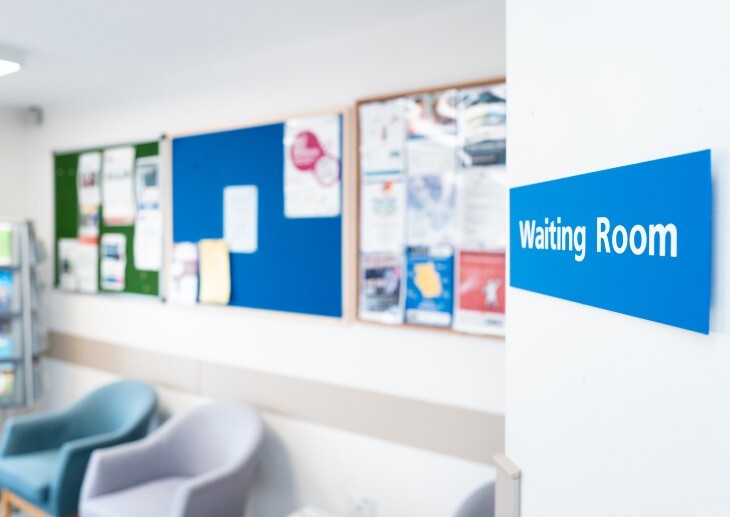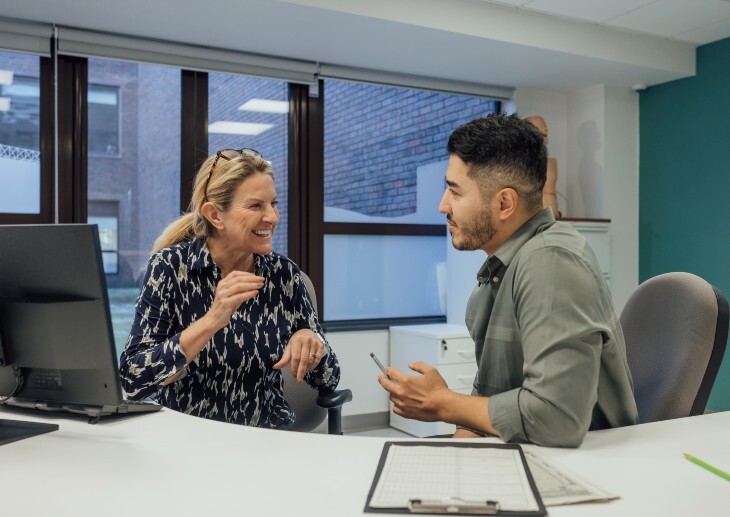We are edging dangerously close to losing our ability to control everyday infections – but how can we tackle the growing resistance to antibiotics?
We are edging dangerously close to losing our ability to control everyday infections – but how can we tackle the growing resistance to antibiotics?
Modern medicine has been built on antimicrobials, antivirals and antifungals and without them the average human life expectancy is reduced by 20 years.1 For some time now, GPs have been urged to restrict antibiotic prescribing for everyday illnesses such as the common cold, and we’re well aware of the steady drumbeat of media headlines that tell GPs not to give in to patient pressure. Officials at Public Health England (PHE) even politely remind GPs that many patients do not benefit from antibiotics even if they are producing green phlegm. Patients are educated with posters in surgeries warning them about antimicrobial resistance, and yet studies find that patients are less satisfied in practices whose antibiotic prescribing is frugal.2
Prescribing a drug involves more than a GP printing out a prescription. It requires a detailed understanding on the part of the patient, the doctor and the dispenser of what is actually going on.
Hurtling towards antimicrobial disaster
This comes down to a phenomenon known as the bystander effect. The greater the number of bystanders, in this case prescribers, the less likely it is that any one of them will take action. It is assumed that someone else will or that one prescription won’t make a difference to such a big problem. There is no single thing that the NHS can do to improve the situation, and now that we have acknowledged it, it’s time to act. The UK Five-Year Antimicrobial Resistance Strategy 2013 to 2018 lays out seven key areas for focus:
1. Improving infection prevention and control.
2. Optimising prescribing practice.
3. Improving professional education, training and public engagement.
4. Developing new drugs, treatments and diagnostics.
5. Better access to and use of data.
6. Better identification and prioritisation of research needs.
7. Strengthened international collaboration.
Although some of these measures may be beyond the influence of the average primary care prescriber, it is achievable for us all to break free from the bystander effect and make a difference to key area 3: optimising our prescribing practice. And we have the evidence base behind us.
Improving antibiotic prescribing
In primary care there have been a number of campaigns to promote antimicrobial stewardship. The key areas of focus are to improve prescribing by educating patients on the dangers of antibiotic resistance and the importance of completing the antibiotic course. Another key to prescribing fewer antibiotics is by showing compassion and concentrating on symptomatic relief.
We can also draw on technology. Nearly half of all clinical commissioning groups (CCGs) are now using patient-specific prescribing software, which consults evidence-based guidance from sources such as Public Health England to prompt prescribers where there may be a more appropriate treatment than an antibiotic. We also need to see how we’re doing against comparative CCGs, and communicate successes when we start to see improvements in responsible prescribing.
One practical example is the GPs and medicines management team in NHS Lincolnshire East CCG, who have turned the evidence base into guidance messages at the point of prescribing, using medicines optimisation software. If a patient’s case does not contain the indicators for antibiotics, a message will appear to suggest that an alternative approach may be more in line with best practice. With this technique, quinolone prescribing was reduced from 60% above national levels to 10% below within six months.
Dr James Howarth, partner at Spilsby Surgery and clinical lead of the Skegness and Coast Locality of NHS Lincolnshire East CCG, explains. “In early 2013, we identified a clinical priority of improving antibiotic prescribing to reduce hospital-acquired infections. In particular the CCG was prescribing double the national rate of quinolones in primary care. Using FDB OptimiseRx in combination with a CCG-wide practice level audit, peer education and feedback, whenever a clinician tried to prescribe quinolone they were asked to double check the prescribing indication using the evidence presented in short form with a link to more detailed information.”
Being clinically appropriate
Of course there are many occasions when antimicrobial prescribing is appropriate and in some cases lifesaving – for specific infections, with reasonable evidence of clinical effectiveness; in sites where antibiotics are likely to penetrate the location in high enough concentrations to be beneficial.
The antibiotic choice should be tailored using culture results where possible. Broad-spectrum agents should be avoided unless specifically indicated. Following local protocols is likely to ensure that the antimicrobial choice is consistent with local pathogen epidemiology and resistance patterns. Where broad-spectrum antimicrobials are initially used they should be stepped down to narrower spectrum therapy if a causative organism is identified and antimicrobial sensitivity data are available.
Conclusion
Antibiotic resistance is increasing at a fast pace and antibiotic stewardship is everyone’s responsibility. A key area has to be in educating the patient about the benefits. All healthcare professionals should use every means necessary to communicate this message and support patients with advice and treatment to give us the best chance of tackling this issue and ensure future generations can continue to benefit from one of the greatest scientific discoveries the world has seen.
References
1. What if antibiotics were to stop working? Davies S, Sugden R kingsfund.org.uk/reports/thenhsif/what-if-antibiotics-stopped-working/
2. Ashworth M, White P, Jongsma H et al. Antibiotic prescribing and patient satisfaction in primary care in England: cross-sectional analysis of national patient survey data and prescribing data. BJGP 2016 1 January bjgp.org/content/66/642/e40





